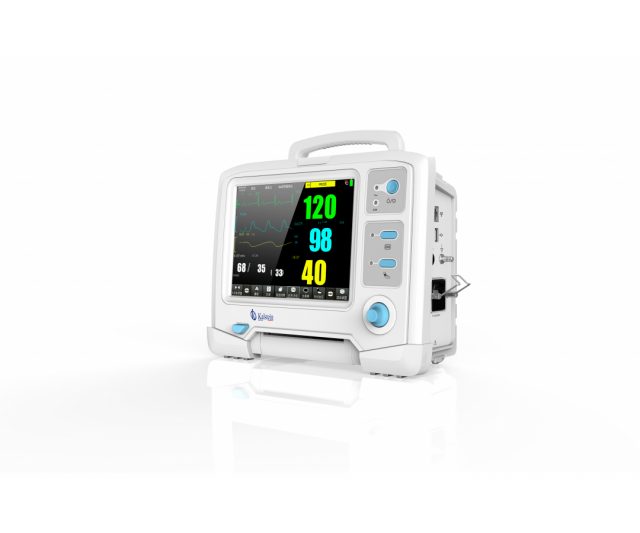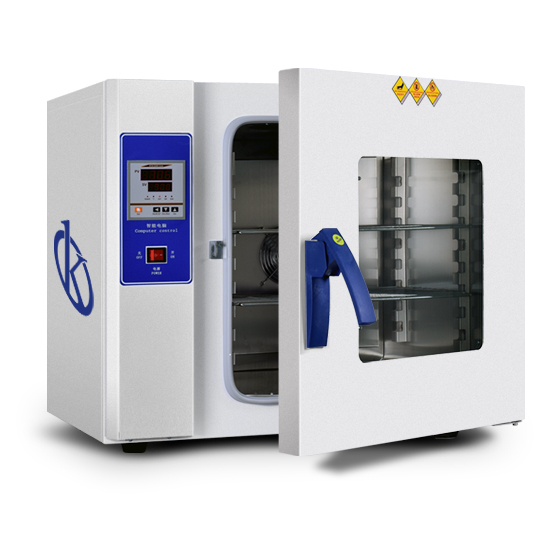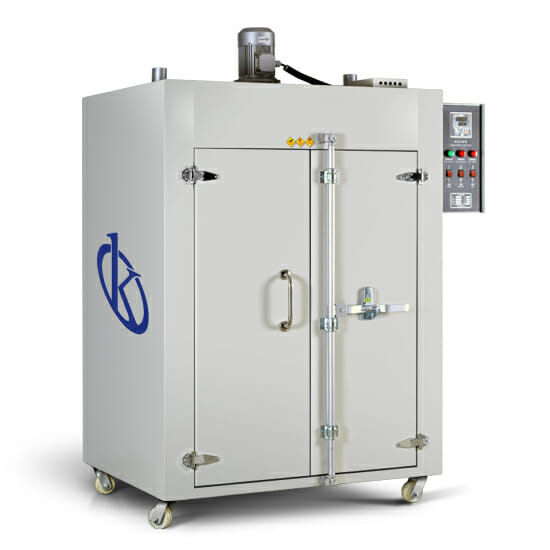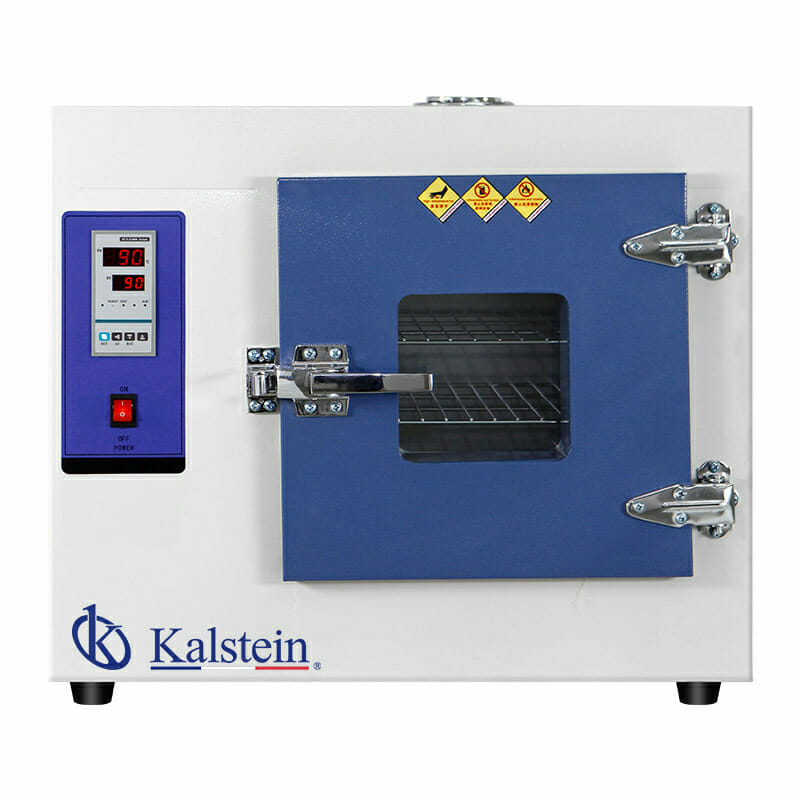Intensive or critical care units (ICUs) are spaces of a restricted access hospital or clinic intended to provide patients with severe prognosis or at high risk of complications with comprehensive intensive care 24 hours a day providing thorough and very strict surveillance, through continuous monitoring of their vital signs.
These places offer a very specialized service and are equipped with necessary equipment and qualified staff to care for this type of patients, since in these places through observation and continuous recording of physiological parameters the current state of the patient is assessed, as well as its evolution and the therapeutic repercussion in its hemodynamics, so that all patients in ICU need monitoring of vital signs.
Importance of monitoring patients in critical condition
When a patient is in critical condition, it is of utmost importance to continuously monitor their constants or parameters through medical equipment such as the patient monitor, this device allows to detect, process and continuously deploy complex physiological parameters of the patient, offering essential information about the hemodynamic state of the patient, and establishing possible guidelines or protocols to follow, in order to keep the patient stable.
A patient monitor, depending on its configuration, can measure and display more than 20 different types of parameters, from sensors and devices that are placed to the patient, and is equipped with a system of alarms that allow alerting medical and nursing staff when there is an adverse situation or outside the desired limits. This allows each intensive care unit to follow established alert evaluation protocols.
Protocol for cardiac and respiratory monitoring
- Before placing the electrodes on the patient’s skin, the skin should be cleaned with alcohol to facilitate proper adhesion.
- · The electrodes with the 3-lead lead will be located in the chest as a inverted triangle, and without posing an obstacle in case of access to the thorax for any intervention (massage, X-ray, ultrasound), the recommended position will be red-right shoulder electrode, yellow-left shoulder electrode (under the clavicles) and black-green-brown electrode, under the appendix xifoides or right or left side of the abdomen.
- They connect to the cable and monitor.
- If 5-lead cables are used the placement shall be: BD and BI below the center of the right and left clavicles; PD and PI on the lower edge of the chest; the chest electrode (V) shall be placed as directed by the physician.
- Generally the monitors provide a cardiac bypass that is obtained by counting the R waves in the ECG, therefore, we will try to obtain the bypass where all the waves are visible and the R wave is positive, so we will avoid rhythm errors. The D1 shunt offers good P waves (it reflects the atrial activity) and with the D2 shunt you get good QRS (ventricular activity) complexes.
- Once connected to the cable, alarms are set according to the patient’s age, condition and pathology.
Protocol for the monitoring of blood pressure
To make a correct measurement you will start by choosing the appropriate hose size: there are different measurements according to the length and width of the arm. The sleeve shall be positioned so that it covers the entire circumference of the member (arm or leg) loosely.
Check that the hose is fully deflated. Placing the sleeve indicator arrow in the passage of a main artery. It shall be connected to the cable and monitor by setting high and low pressure alarms and measuring frequency as required by the patient’s condition. Manual measurements outside the scheduled range can be performed on all monitors.
What do we offer you in Kalstein?
Kalstein is a company MANUFACTURER of medical and laboratory equipment of the highest quality and that have the most advanced technology at the best prices in the market, so we guarantee you a safe and effective purchase, knowing that you have the service of a solid company and committed to health. This time we present our patient monitor YR 02175. It is a semi-modular monitor of medium and high complexity, specially designed to be used in ICU, Pavilion and Emergency in Adult, Pediatric or Neonatal patients. Among its main characteristics we find:
- The model features a large 12.1-inch TFT color LCD with anti-glare system and Touch Screen function, plus a backup battery of up to 3.5 hrs.
- It can also be connected to a monitoring station and incorporates protocol to connect to HIS, CIS, LIS and PACS systems, and with port for 2G SD memory card.
- Basic parameters included: ECG, ST, Arrhythmia, Respiration, 2 Temperature, SpO2, Noninvasive Pressure, PPI.
- Additional parameters and options: SpO2 Masimo (Rainbow), SpO2 Nellcor, 2 to 8 Invasive Pressures, Analysis of Anesthetic Agents, CO2 (MainStream, SideStream, MicroStream), FiO2, Invasive and Non-Invasive Cardiac Expenditure, Printer Module.
For more information we invite you to take a look at HERE




